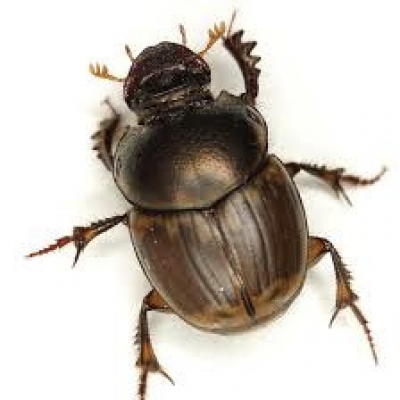‘Beetle-mania’
Dung beetles have joined the fight to clean up New Zealand’s waterways and Lake Wairarapa is a key target.
In November the first region-wide release of non-native dung beetles in New Zealand began at an open day at Featherston’s Kaiwaiwai Dairies, in a paddock beside the farm’s wetland.
The 0.75-hectare Kaiwaiwai wetland is part of the wider Wairarapa Moana wetland project, which includes Wairio. Both wetlands won Morgan Foundation Awards in 2015.
Greater Wellington-subsidised packages of four species of dung beetles have contributed to about 200 dung beetle colonies, primarily in Wairarapa.
Contamination of pasture by dung reduces the amount of forage available for grazing, and has other economic, environmental, ecological and social effects, such as pollution of waterways.
Introducing dung beetles to deal with pastoral dung provides an opportunity to help mitigate risks to freshwater quality.
Greater Wellington’s offer of discounted beetle packages is focused on properties along the eastern shore of Lake Wairarapa, where the lake contains high levels of nitrates and other pollutants, some of which leach into the water from dung.
“We will introduce measures that will show whether the beetles are spreading, whether we’re witnessing a reduction in dung, and whether other benefits are being realised.
“We’ll work with Lake Wairarapa farmers to plan a monitoring regime covering the next few years,” says Greater Wellington land management advisor Kolja Schaller.
It is planned to have most of the dung beetles released in an area along the eastern lake shore of Lake Wairarapa in partnership with catchment farmers, though a small number may be released outside of this area.

